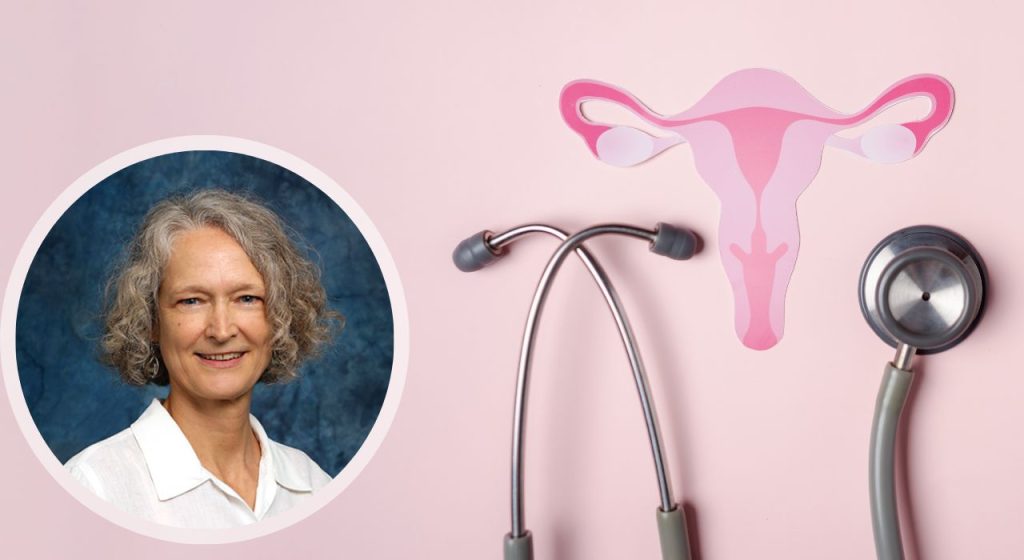
In a new study, University of California, Irvine researchers found that exposure to the compound tetrahydrocannabinol (THC), a component of cannabis, at a young age could lead to depleted ovarian follicles and matured eggs in adulthood by nearly 50 percent.
The study, which is published online in the journal Toxicological Sciences, shows that the use of cannabis earlier in a female’s life could have long-term effects on her ability to conceive.
“Given that more and more teenagers and young adults are using cannabis, especially with easier access to the substance, this study’s findings are especially important,” said senior and corresponding author Dr. Ulrike Luderer, professor of environmental and occupational health at the UCI Program in Public Health. “It is imperative to widely broadcast the consequences of early-life exposure to cannabis on reproductive health in adulthood.”
Roughly 3.3 million adolescents aged 12 to 17 and 4.8 million people aged 12 and older had reported using cannabis, based on a 2019 survey. Up until this point, very few studies have been conducted that demonstrate the long-term negative public health impacts of cannabis use, and even more unclear are the reproductive health implications on women.
It is imperative to widely broadcast the consequences of early-life exposure to cannabis on reproductive health in adulthood.”
Ulrike Luderer, MD, PhD, Professor of Environmental & Occupational Health
The research team used a mouse model to test their hypothesis that THC can cause adverse health effects in adulthood. They started by injecting THC into immature mice for a period of two weeks and evaluated the effects on their models at different time periods post-injection. They found that the number of healthy ovarian follicles decreased by nearly 50% in primordial follicles, which are the fundamental reproductive units of the ovary and are non-renewable.
Researchers suspect that the dramatic drop in ovarian follicle numbers was caused by accelerated activation of resting follicles, followed by DNA-damage-associated death of follicles at later stages of development. These effects are likely mediated by the endocannabinoid system (ECS), a signaling complex that serves a vast array of bodily functions in mammals. In line with this, the researchers also found that the ECS component proteins called cannabinoid receptor type 1 (CB1R) and type 2 (CB2R), which THC and its active metabolites activate, are present in ovarian follicles.
“Our findings provide unexpected new insights into the long-term impact of THC on reproductive function and aging,” said co-author Daniele Piomelli, Ph.D., distinguished professor of anatomy and neurobiology at the UCI School of Medicine. “Our hope is that our findings will motivate teenage girls to make better, more informed decisions about whether or not to ingest cannabis products.”
Additional authors include Jinhwan Lim, an associate specialist with the UCI Program in Public Health; Samantha Getze, an undergraduate student, Stephen V. Mahler, associate professor, Julie Nguyen, an undergraduate student, Caitlin Quach, undergraduate student, Joyce Shin, laboratory assistant, all with the UCI School of Biological Sciences; Kwang-Mook Jung, associate adjunct professor, Hye-Lim Lee, Assistant Project Scientist, and Erica Squire, staff research associate, all with the UCI School of Medicine; and Ken Mackie, distinguished professor with Indiana University Bloomington.
This study was supported by the National Institute on Drug Abuse Center under grant P50DA044118; the National Institute for Health under grant R01ES020454; and the Impact of Cannabinoids across the Lifespan Pilot Grant.